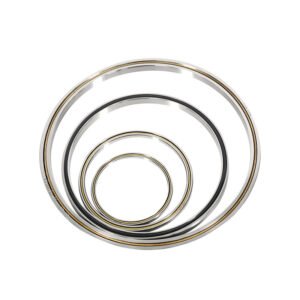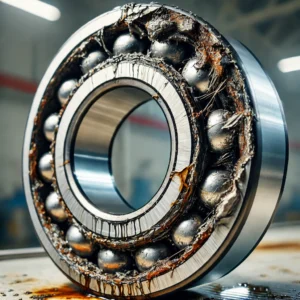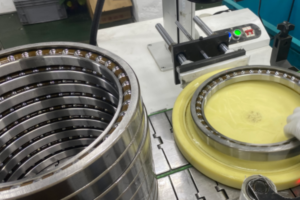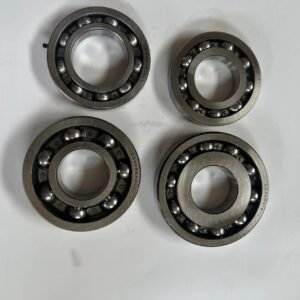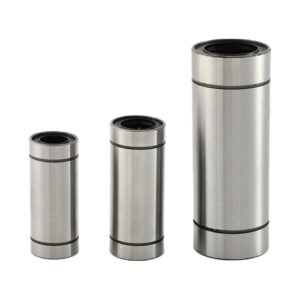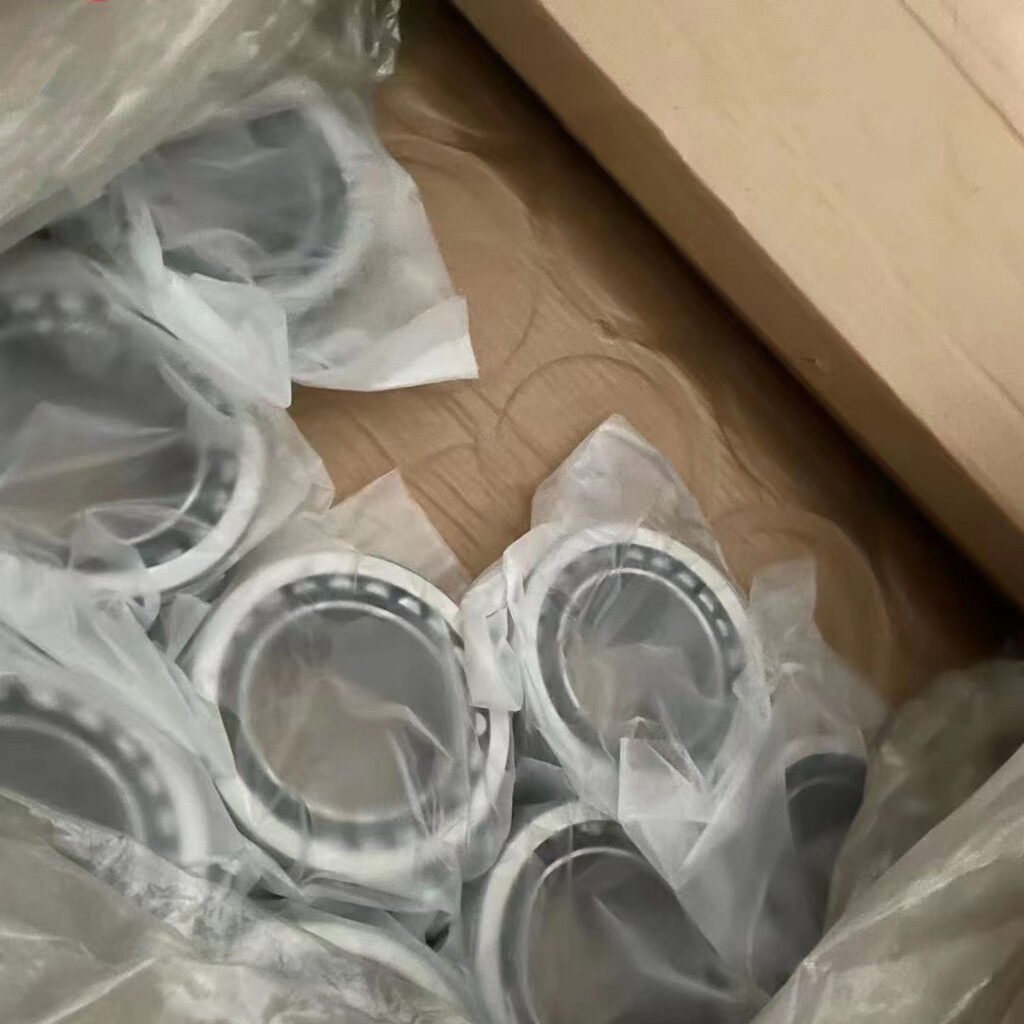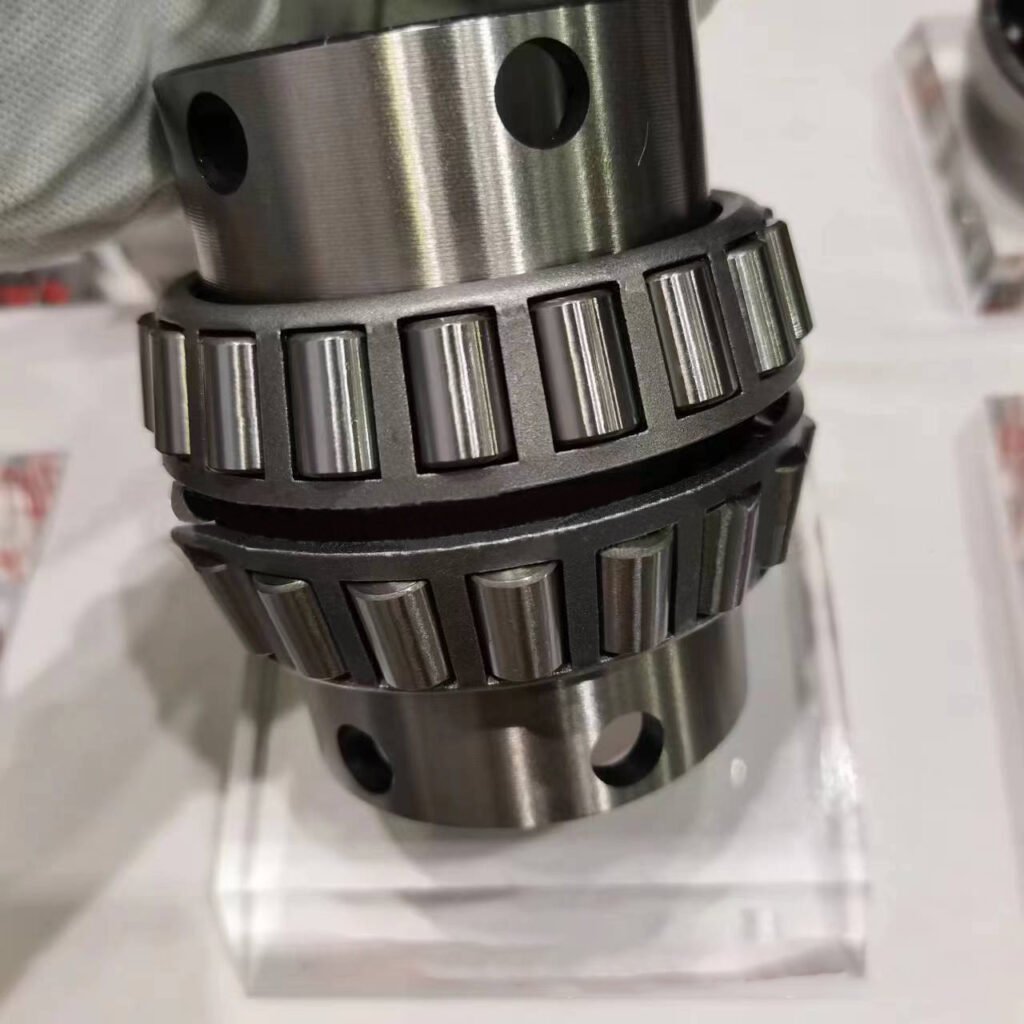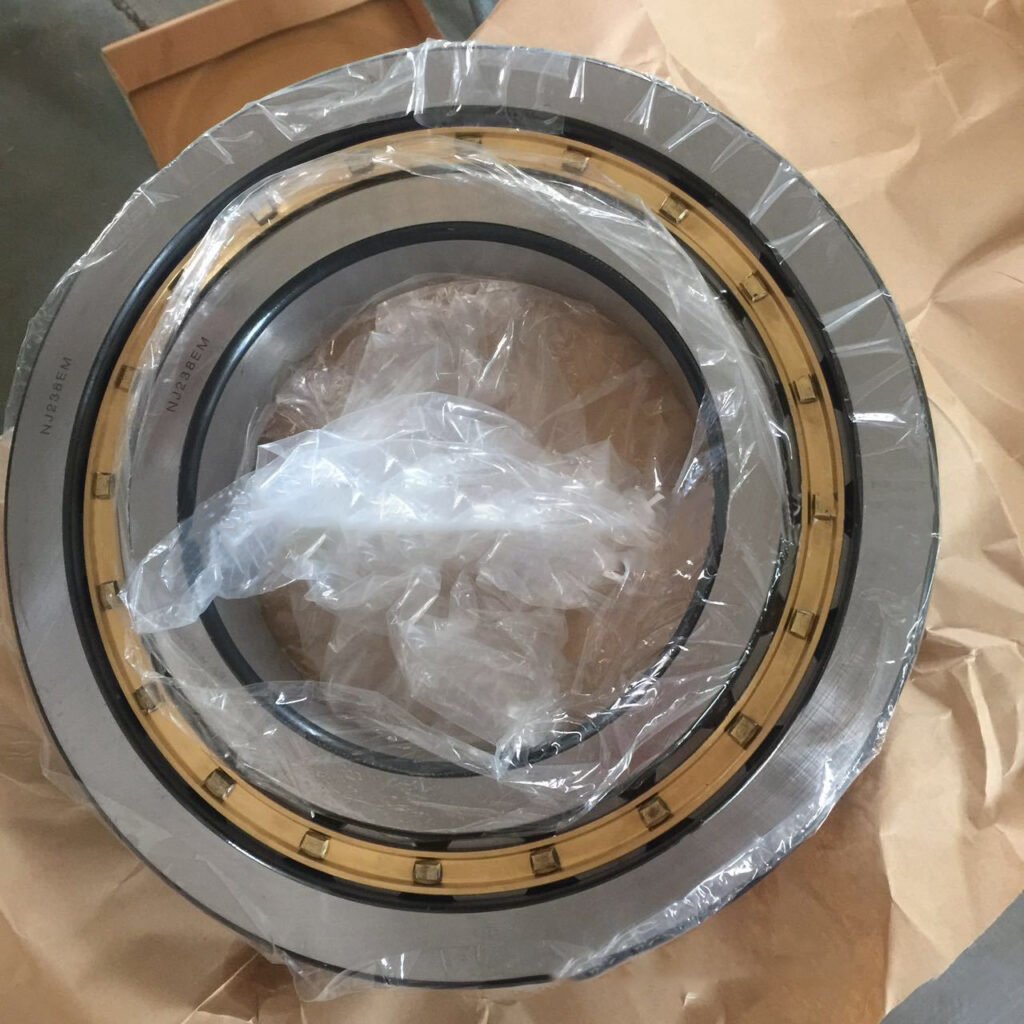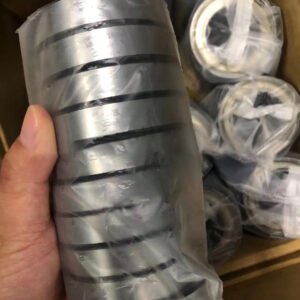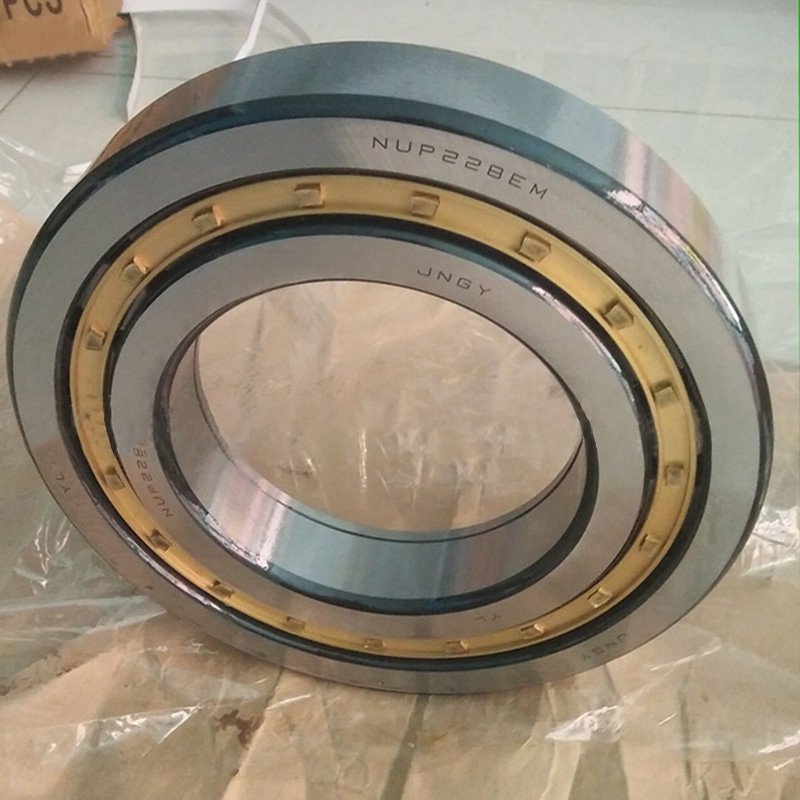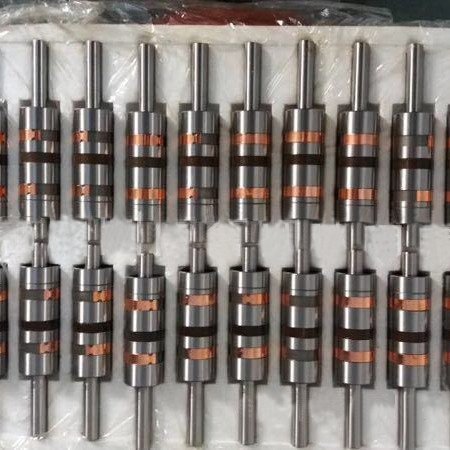Maintaining optimal performance and extending the lifespan of electric motors heavily relies on the proper care of their components, particularly the bearings. A well-maintained bearing ensures smooth rotation, reduces friction, and prevents premature wear. One of the most crucial aspects of bearing maintenance is lubrication. The right lubricating oil, applied correctly, plays a pivotal role in reducing friction, preventing overheating, and avoiding damage to motor bearings. Vkuken as a professional bearing manufacturer, we have compiled this article to introduce the importance of lubrication to bearings, explore commonly used lubricants, and provide practical tips on how to properly maintain motor bearing lubrication for optimal performance.
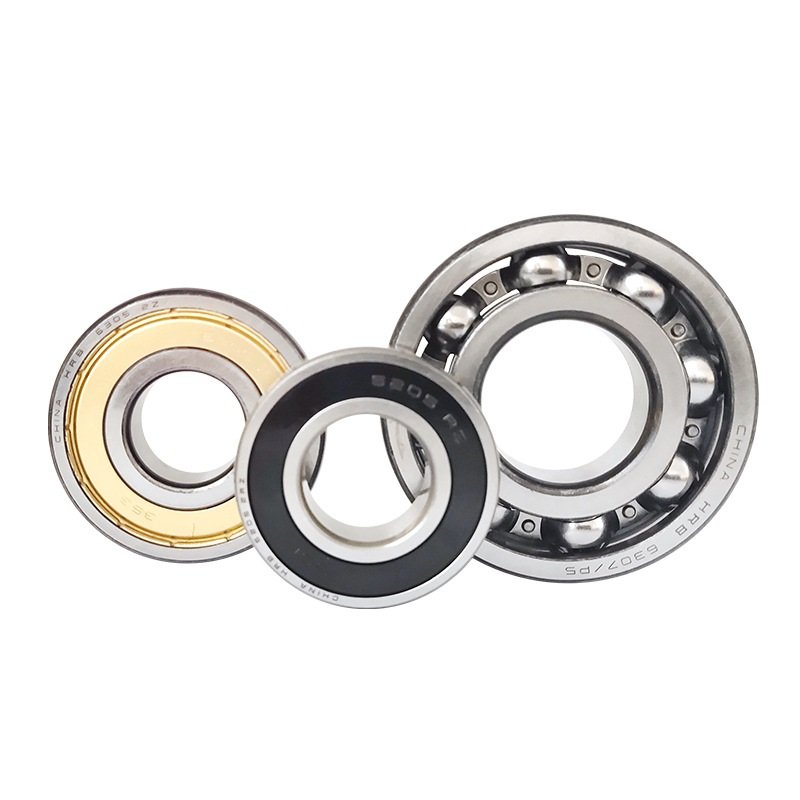
The Role of Adding Lubricating Oil to Motor Bearings
Motor bearings are subject to continuous stress, heat, and friction. Over time, this can lead to wear and potential failure of the bearings, which can halt motor performance entirely. The addition of lubricating oil serves several critical functions in protecting the bearing system:
1. Reducing Friction: Lubrication creates a thin film between the moving parts of the bearing, which reduces direct contact and minimizes friction. This helps prevent the bearing from overheating and ensures smoother movement.
2. Heat Dissipation: Lubricating oil assists in drawing heat away from the bearing, thus preventing it from reaching damaging levels that could degrade the bearing material.
3. Protection Against Corrosion: Bearings are vulnerable to rust and corrosion, especially in environments with high humidity or exposure to water. Lubricating oils often contain anti-corrosive additives that form a protective barrier around the bearing surfaces.
4. Cleaning Action: Lubricants help to wash away contaminants, debris, and particles that may enter the bearing, ensuring cleaner and more efficient operation.
Proper lubrication not only prolongs the life of the motor bearings but also enhances the overall efficiency and reliability of the entire motor system.
Commonly Used Types of Motor Bearing Lubricating Oil
There are several types of lubricating oils, each with distinct properties suited for different motor types, operating conditions, and environments. The main categories of lubricants include:
1. Mineral Oil-Based Lubricants: These are the most common and economical lubricants for general-purpose motor bearings. They are derived from crude oil and have suitable viscosity for standard applications. However, they may break down at higher temperatures.
2. Synthetic Oils: Synthetic lubricants offer superior performance, particularly in high-temperature or extreme-pressure environments. They have a longer service life and greater resistance to breakdown compared to mineral oils, making them ideal for high-performance motors.
3. Grease-Based Lubricants: Grease is a thicker alternative to liquid oils and is often used for motors that require less frequent maintenance or in situations where the bearing is sealed. It stays in place better and provides continuous lubrication over time, but it may not be suitable for high-speed applications.
4. Solid Lubricants (e.g., Graphite or Molybdenum Disulfide): Used in specialized applications, solid lubricants can provide lubrication in extreme conditions where oils or grease cannot be used, such as in vacuum environments or extremely high temperatures.
The choice of lubricating oil depends on the motor’s operating speed, load, temperature, and environmental factors. Always refer to the manufacturer’s guidelines for the most suitable lubricant for your motor.
Principles for Adding Lubricating Oil to Motor Bearings
Proper lubrication of motor bearings is not just about applying oil – it’s about applying the right amount of oil in the correct manner. Here are the essential principles and best practices for adding lubricating oil to motor bearings:
1. Follow Bearing Manufacturer Specifications: Always consult the motor’s manual or manufacturer’s guidelines for the recommended type of lubricant, viscosity grade, and recommended lubrication intervals.
2. Use the Right Amount of Lubricant: Over-lubrication can cause excessive pressure on the bearings, leading to heat buildup and reduced efficiency. Conversely, under-lubrication can result in insufficient protection and early bearing failure. Ensure that the correct amount of lubricant is applied based on the size and type of the bearing.
3. Maintain Cleanliness: When adding lubricating oil, it’s critical to ensure that the bearing area remains free from contaminants. Dirt and debris can compromise the effectiveness of the lubricant and cause damage to the bearing surfaces. Always use clean tools and containers when adding oil.
4. Lubricant Temperature: When adding lubricant, ensure it is at the appropriate temperature. Cold oil may not flow properly, while oil that is too hot may break down quickly. Allow the lubricant to reach ambient temperature before applying it.
5. Regular Lubrication Intervals: Establish a routine maintenance schedule to ensure that bearings are lubricated regularly. Lubricant can degrade over time, so it’s essential to check and replenish the oil at the recommended intervals.
6. Check for Leaks: After applying lubricant, ensure that the bearing seal is intact. Leaking lubricants can result in insufficient protection and contamination of the bearing.
Conclusion
Motor bearing lubrication is a crucial element in the maintenance of electric motors, impacting their efficiency, longevity, and performance. By understanding the roles of lubricating oil, selecting the appropriate type of lubricant, and adhering to best practices for oil application, you can significantly improve the lifespan of your motor bearings and avoid costly downtime due to premature bearing failure. Proper lubrication is an investment that pays dividends in motor efficiency, reliability, and overall cost savings.
Remember to follow the bearing manufacturer’s recommendations and establish a regular maintenance routine to ensure that your motor bearings continue to perform at their best.










